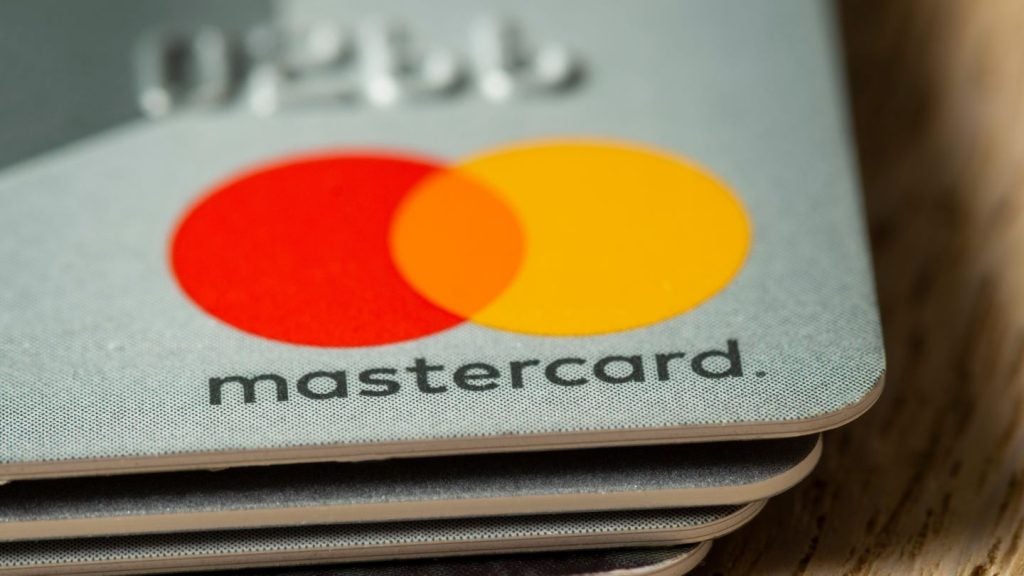It should come as no surprise to anyone that Canada is a well-established and well-developed payments market. What may come as a shock is that it is still looking for ways to innovate further.
Canada has long been an established, modern, efficient and well-developed payments cards market. The market comprises debit, credit and charge cards, and Canadian consumers are among the heaviest users of payment cards in the world with card penetration rate of 3.8 cards per individual in comparison to other mature markets such as the UK (2.5), Germany (1.7) and France (1.3).
The traditional notions of a payments card market, which revolve around payment networks, financial institutions and payment processors, have evolved. The range of non-traditional competitors continues to expand, as does the range of businesses and technology through which payment services are delivered to consumers and merchants.
Canada is poised for progress on technological fronts such as m-payments. Its approach has been to make m-payments capability ubiquitous, recognising that consumers will benefit. Already pressing ahead with the adoption of EMV technology, and with the growing presence of contactless payments, key infrastructure is already in place. In this context, m-payments will form a natural extension of the established infrastructure.
Canada’s acceptance of contactless technology has led to the introduction of virtual wallets by both financial and non-financial
The changing competitive landscape in the debit cards market
Debit cards are an important part of Canada’s payment cards market, and according to Canadian Bankers Association (CBA) statistics released in October 2014, 94% of the total population has a debit card. In 2014, almost 34% of all transactions at POS terminals in Canada were settled by debit card.
The competitive landscape has gradually started to change, and Interac’s dominant position could be challenged. Furthermore, MasterCard announced plans intentions to launch debit cards in mid-2015. International scheme providers will also take advantage of the fact that all POS terminals support EMV-compliant cards.
Credit cards market is headed for upheaval
The Canadian credit cards market is concentrated in terms of transaction value, with the five leading issuers accounting for a 73.7% share in 2014.
Changes are anticipated in the credit cards market between 2014 and 2019 due to government intervention to regulate the market. The intervention aims to reduce the cost of credit card acceptance for merchants, to keep prices affordable for consumers.
In November 2014, Visa and MasterCard agreed to reduce the interchange fee on credit card purchases, and limit the amount charged retailers to process transactions to 1.5% of the transaction value.
The move is anticipated to cost banks and card issuers 10% of their business revenues. To compensate, banks and card issuers are anticipated to raise annual fees, amend reward programs, and increase interest rates on credit cards and related fees for card services.
Growing popularity of mobile payments
The MasterCard Mobile Payments Index Report released in December 2013 stated that Canada was the second-most-advanced market of the 34 countries surveyed, including the US, the UK and China, with a readiness score of 42.0. Technological developments and an increase in smartphone penetration, coupled with the introduction of advanced security measures by banks, led to the growth of mobile payments in Canada.
Consumers are using mobile payments for e-commerce purchases or bill payments via mobile banking apps and websites. To support mobile payments, banks are offering advanced features through mobile banking apps. This includes the introduction of NFC payments by TD Canada Trust in May 2014, allowing consumers to make contactless payments with NFC-enabled mobile phones at Visa PayWave POS terminals.
Similarly, In November 2013, President’s Choice Financial (PC Financial) and TD Bank Group launched an open near-field communication (NFC) mobile wallet called Ugo, which enables consumers to pay, earn and redeem loyalty points.
Mobile payments are set to grow over the forecast period, with more consumers able to make contactless payments through NFC-enable phones. According to Visa, 80% of consumers will be able to make contactless and NFC payments by 2016.
According to the Technology, Media & Telecommunications Predictions 2015 report, 2015 will be the "tipping point" for retailers, banks, and telecommunication companies to adopt NFC technology. Its growth will be encouraged by a rising number of retailers accepting contactless mobile payments, and a change in consumer attitudes to mobile payments.
In April 2015, Apple announced plans to launch its Apple Pay electronic payments service in Canada in November 2015. The company is in talks with six major Canadian banks to introduce the payment service for both credit and debit cards on iPhone and the Apple Watch, The Wall Street Journal reported. The anticipated launch of Apple Pay in November 2015 is likely to encourage competition in the Canadian cards and payments industry.








